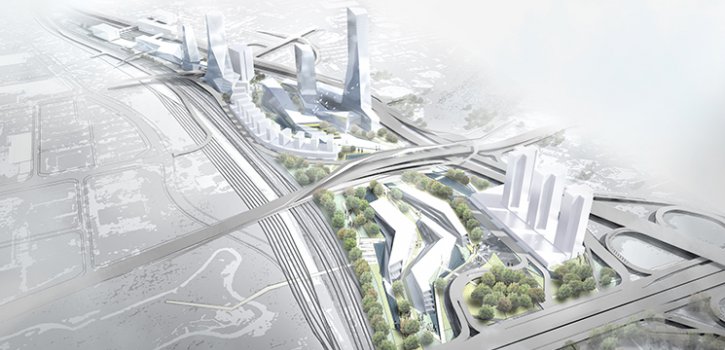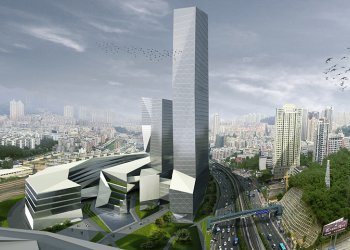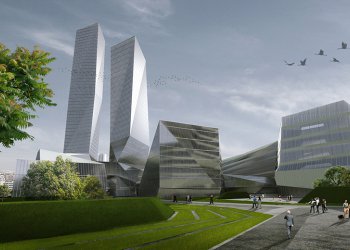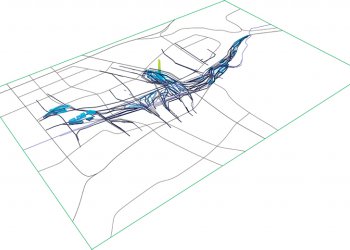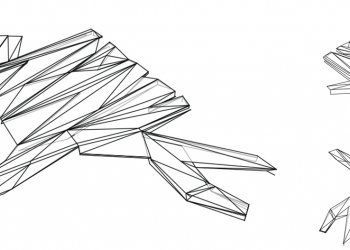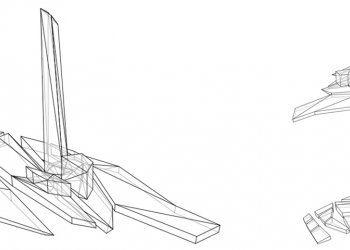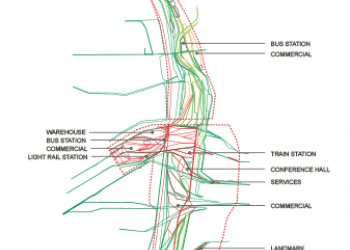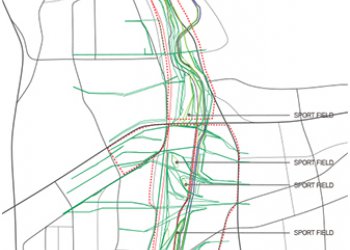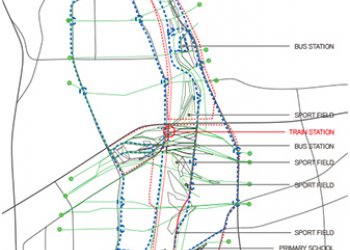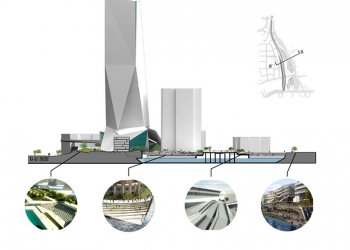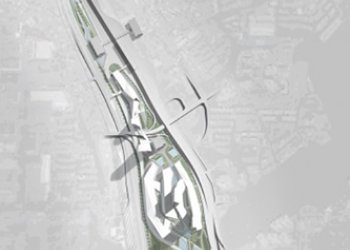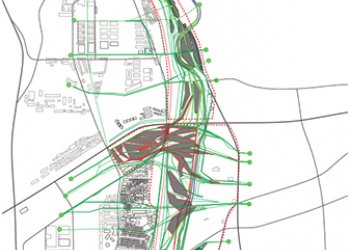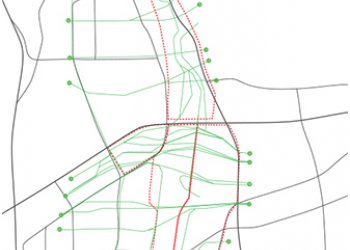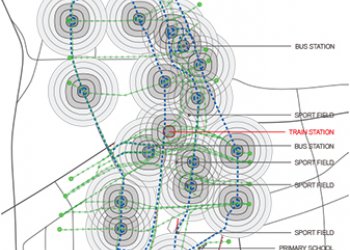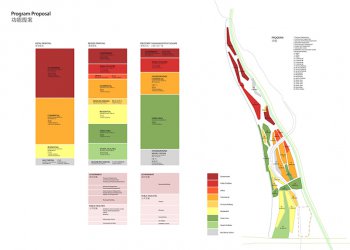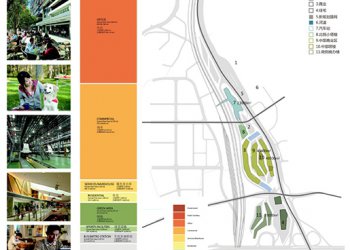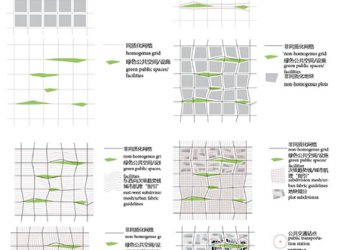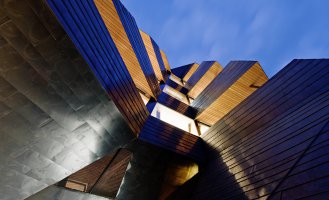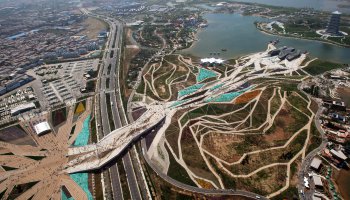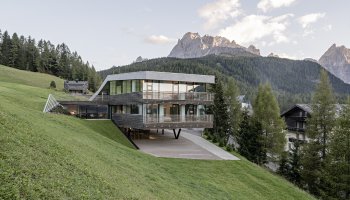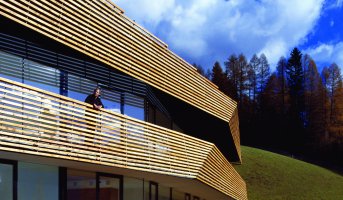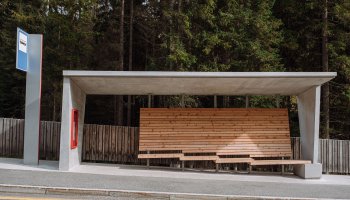The challenge of SubUnit 14 planning is how to replace the traditional landscape planning methodology with the landscape urbanism theory to leverage the overall experiences of this cluster. Therefore, it has been brought 5 planning principles into the design in Zhugang, in consideration of its geographic locations and content.
Sungang 14th Subunit
TYPE Masterplan, Infrastructure, Public space
STATUS Competition
LOCATION Shenzhen, China
YEAR 2014
CLIENT Private
DESIGN TEAM Eva Castro, Ulla Hell, Holger Kehne, Chuan Wang
1. Clustering, Folding and Symbiosis:
Through the use of folding, they have been created clusters with high efficiency in between the bounds of architectures and landscapes.
2. Three dimensions of vehicle traffic and 100 meters pedestrian system
Combining the major traffic road with a series of auxiliary transportation secondary system, the traffic will be efficiently redistributed and the 100 meters pedestrian system will satisfy the need of pedestrians for fast and convenient travel.
3. Hydrophilic space with Open Spaces
As the main landscape focal points, the two main hydrophilic space and three open spaces with being able to catalyst the livability of the surrounding areas. Therefore, the five open space will offset the loss of public space in this area, and providing an enjoyable place for the people.
4. Creating new ecological landscape languages:Green Fingers
The concept of the Green fingers (Ecological corridor) is different from the indifference grid design methodology. By expanding the urban structure, the Green fingers are able to provide a series of green public space, by rising the quality with their various recreational activities.
5. Creating a commercial landmark
In this site, the architecture is as part of the landscape expansion. The architecture structure is used as a thinking ground, to archive a multi-layers ground concept.
